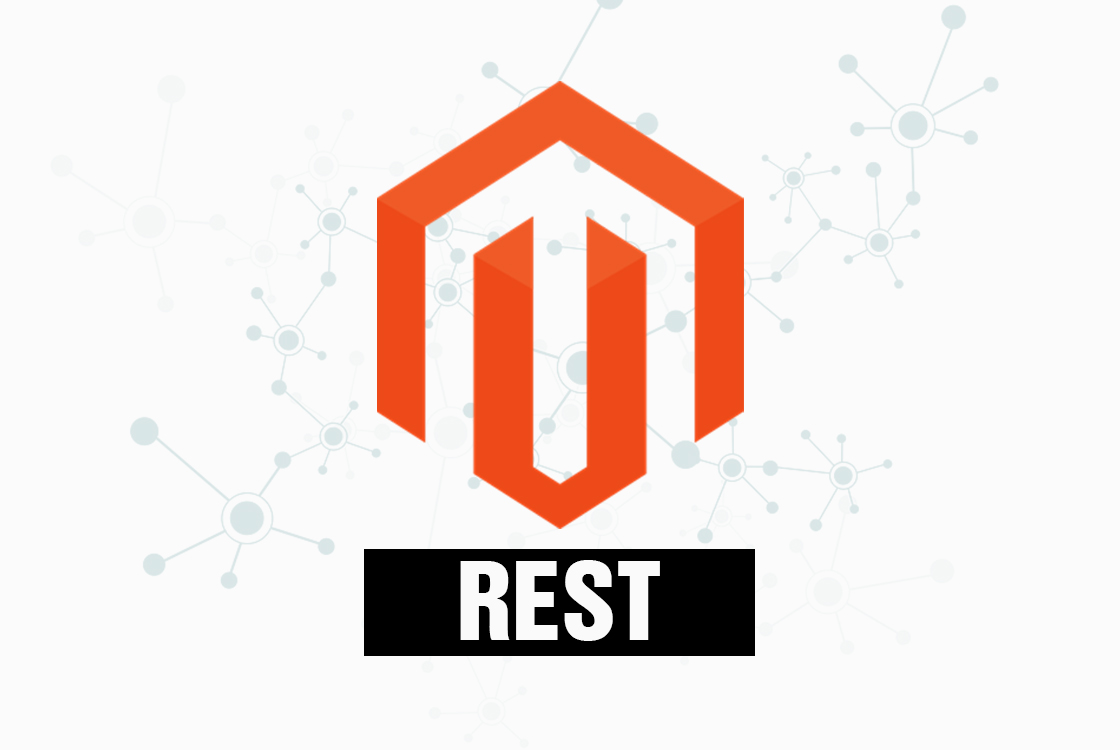Using WordPress for donation, invoice, and event payments – E-commerce
Did you know you do not need to have an ecommerce site with an online store to collect payments from your customers? You might be a part of a charitable organization that just wants to collect donations, or a small business that would like to offer customers the ability to pay a bill online. Or you might be organizing an event and would like people to register and collect entry fees. All that is possible using your existing WordPress site without setting up an online store. Here are some simple steps to follow.










